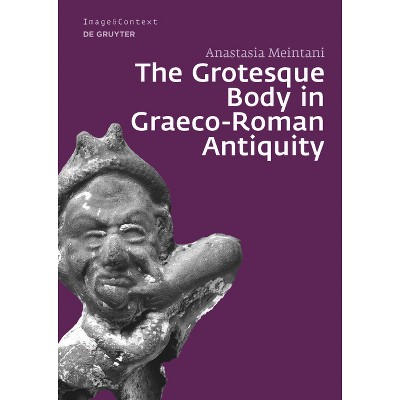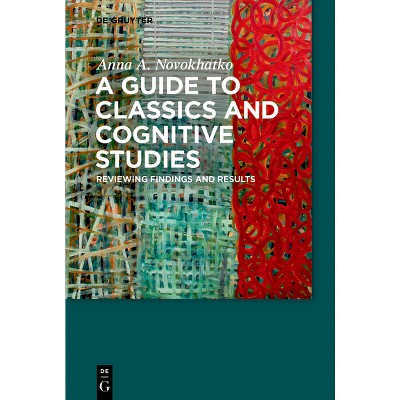About this item
Highlights
- This book revolves around the shaping of Roman domestic space and cultural issues of privacy and representativeness.
- About the Author: Anna Anguissola, Ludwigs-Maximilians-Universität München.
- 682 Pages
- Architecture, Buildings
- Series Name: Image & Context
Description
About the Book
Image & Context (ICON) is the first international series that focuses on the image and the imagery in the ancient world. The most distinctive quality of the image is its unique suggestive potential. An image can both catch the viewer's attention in a fraction of a second and stamp itself forever on his mind. At the core of the series are the questions of how and by whom images were shaped and perceived, and how images functioned within and contributed to a specific cultural context. The series aims to stimulate new discussion about the visual cultures of the ancient world and new approaches towards a history of the image.
Book Synopsis
This book revolves around the shaping of Roman domestic space and cultural issues of privacy and representativeness. At the core is a set of lavish rooms where layout, architecture and décor bespeak the presence of one or two beds suitable for sleep or daytime rest. For the first time, the author restores the rich contextual readings regarding the dense network of location, architecture, accessibility, lighting, landscape, decoration. In Pompeian houses alcove cubicula were among the key reception rooms. Their images acted as prime symbols of power, as real weapons in strategies of distinction. Luxury, lifestyle, prestige, and the debates around them seem to be primarily related to the design of these comparatively small environments. No other type of room shows such quick adaptation to the most up-to-date trends, owing to a series of real revolutions in fashion first developed for lavish patrician residences, then spread among medium-, later even small-size abodes throughout town. In the realm of domestic life, alcove rooms constitute a sound source for inquiring into the different tastes of Pompeii's various social groups. Defined by financial means and social affluence, their tastes ranged from aesthetics of luxury to an ordinary reception of trivialized clichés.
Review Quotes
"Em suma, o estudo agora apresentado vale pela qualidade da investigação que traduz, pelas conclusões a que chega, mas também pela inovação, pois não se limitando a ficar pela análise literária ou pela leitura iconográfica e integrando a observação e sistematização arqueológica permite uma interpretação mais abrangente e pertinentemente globalizante do que as que outros estudos sobre os espaços da intimidade, lato sensu, nos habituaram."
Nuno Simões Rodrigues in: Cadmo. Revista de História Antiga 26 (2017), 242-243
About the Author
Anna Anguissola, Ludwigs-Maximilians-Universität München.Shipping details
Return details
Trending Art, Photography & Design Books












